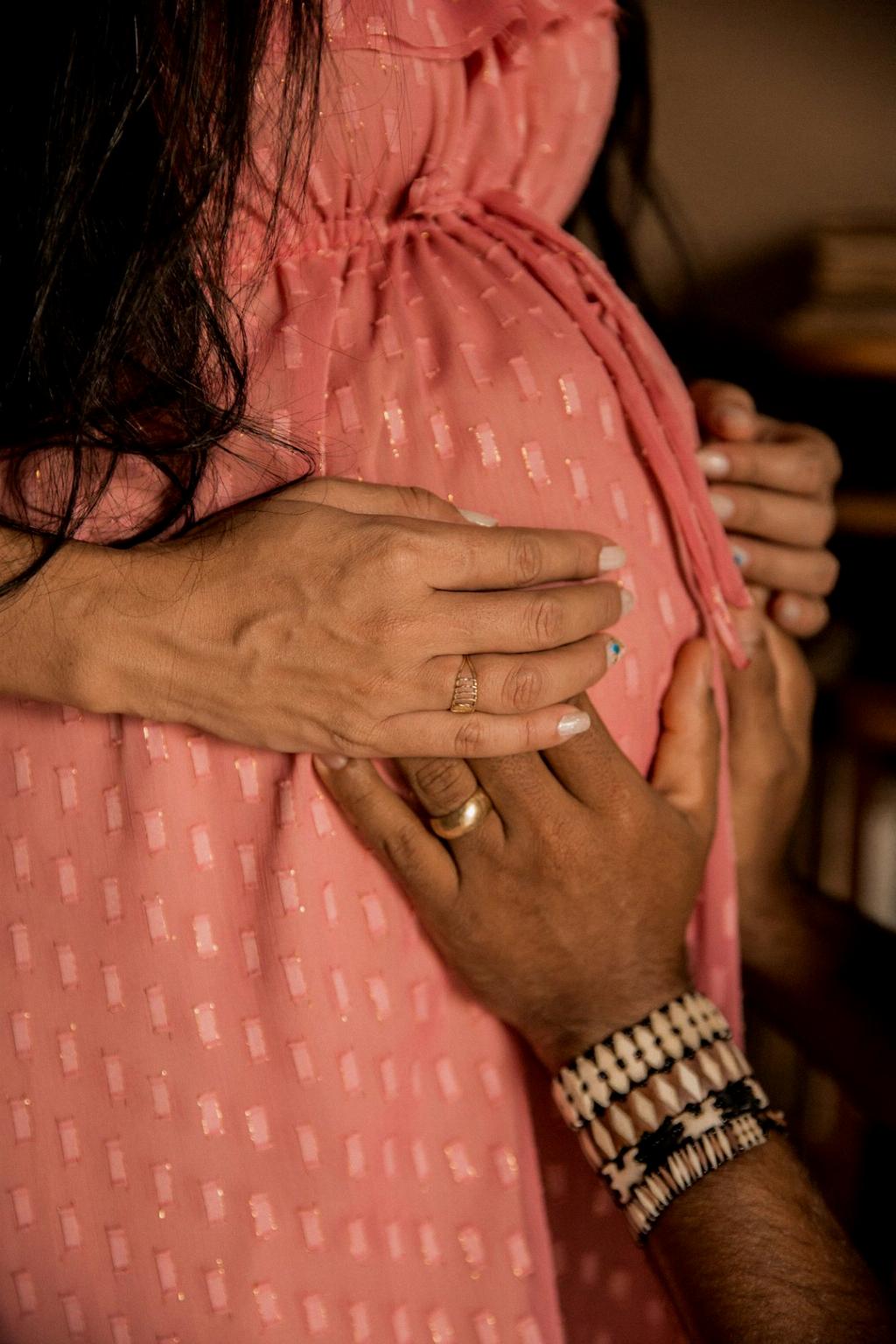When it comes to home pregnancy tests, the amount of hCG (human chorionic gonadotropin) needed for accurate detection can vary depending on the brand and sensitivity of the test. The hCG hormone is produced by the placenta shortly after a fertilized egg attaches to the uterine lining, making it a key marker of pregnancy.
Comparing Sensitivities of Different Brands
First Response Early Result boasts an impressive analytical sensitivity of 6.3 mIU/mL, which means it can detect hCG levels as low as 6.3 milli-international units per milliliter of urine. In practical terms, this sensitivity enables the test to detect over 95% of pregnancies on the day of a missed period. On the other hand, Clearblue Easy Earliest Results has a higher threshold with a sensitivity of 25 mIU/mL, catching around 80% of pregnancies.
Significance of Sensitivity Levels
The sensitivity of a pregnancy test is crucial as it determines how early it can detect a pregnancy. A test with higher sensitivity, such as First Response Early Result, can provide accurate results earlier in the pregnancy compared to tests with lower sensitivities like Clearblue Easy Earliest Results.
Timing of Testing and hCG Levels
It is essential to understand that hCG levels in early pregnancy rise rapidly, doubling every 48 to 72 hours. This means that the amount of hCG in your system can vary depending on when you take the test. Testing too early may result in a false negative if hCG levels are still below the test’s detection threshold.
Factors Affecting hCG Levels
Several factors can influence hCG levels in early pregnancy, including the time of implantation, individual variations in hormone production, and the sensitivity of the pregnancy test being used. These variables can impact the accuracy of the test results and the reliability of the information obtained.
Interpreting Test Results
When interpreting the results of a home pregnancy test, it is essential to follow the instructions provided with the test kit carefully. A positive result typically indicates the presence of hCG above the test’s threshold, while a negative result may suggest either that hCG levels are still too low to detect or that pregnancy has not occurred.
Consulting a Healthcare Provider
If you have concerns about your pregnancy test results or if you are unsure about the accuracy of the findings, it is advisable to consult a healthcare provider for further evaluation. Blood tests can provide more precise measurements of hCG levels and offer additional insights into your pregnancy status.
Choosing the Right Test for You
When selecting a home pregnancy test, consider factors such as sensitivity, ease of use, and cost. If early detection is a priority for you, opting for a test with high sensitivity like First Response Early Result may offer the reassurance and accuracy you seek.
Emotional Impact of Testing
Taking a pregnancy test can be an emotionally charged experience, whether you are hoping for a positive result or not. It is important to approach the process with sensitivity and self-care, recognizing that the outcome of the test may have significant implications for your future plans and well-being.
Support and Guidance
Regardless of the results of your pregnancy test, remember that you are not alone. Seeking support from friends, family, or healthcare professionals can provide comfort and guidance as you navigate this potentially life-changing moment.
Final Thoughts
In conclusion, the amount of hCG needed for a First Response Early Result pregnancy test is 6.3 mIU/mL to achieve accurate detection of over 95% of pregnancies on the day of a missed period. Understanding the implications of hCG levels, test sensitivities, and timing can help you make informed choices when it comes to home pregnancy testing.

